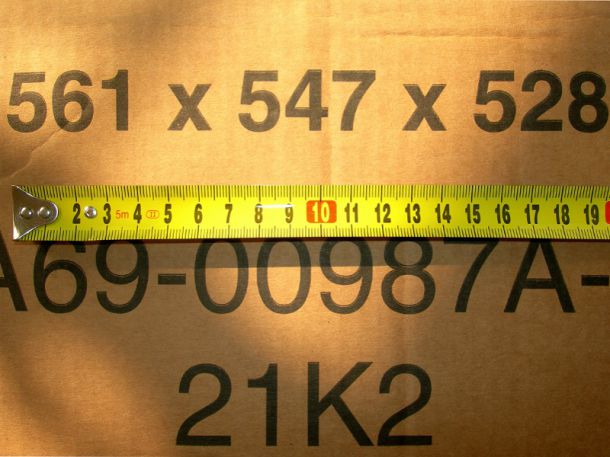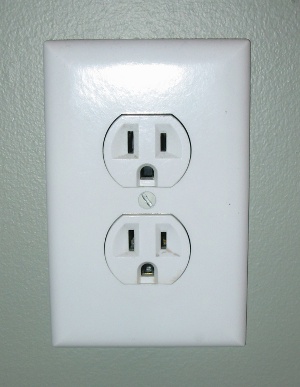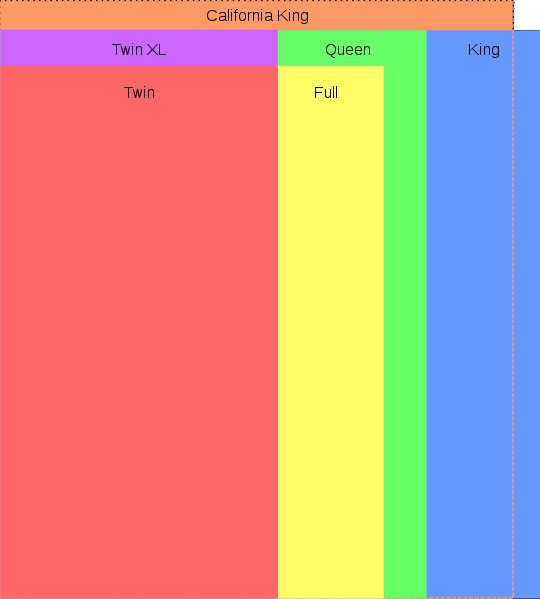
Moving and living abroad comes with plenty of problems. Culture shock, language barriers and settling in to a new life, though difficult, are things you expect. What about the smaller things that can really trip you up? Not the new food or new working practices, but the new terms and measurements used so often in the US to describe everyday things? How big is a “queen” bed? How much is a “cup” of flour? And how can you have one and a half bathrooms?New York International has put our heads together to find and explain some of the colloquialisms, US measurements, and everyday figures of speech that will help you get adjusted to life in New York City. Enjoy!
Around the Home
US houses and apartments tend to be larger than their European or Asian counterparts, but it’s the smaller changes that you need to pay attention to. You may already know whether or not you need an adapter for US. outlets, but it’s also important to check whether or not you need a voltage converter. The U.S. operates on 120 volts, so if you’re from a country with a lower voltage, be sure to use a converter on any appliances you bring from home.It’s worth mentioning that plenty of US electronics only have a two-pronged plug. This just means that the appliance isn’t grounded, and you can still use it in a three-pronged socket. Alternatively, some older sockets can only take two-pronged plugs. In this case, like many Americans, you can simple buy a two- to three-pronged adapter to use.Listings for US apartments generally say “one bedroom” or “two bedrooms” and don’t necessarily list the other rooms – of course this doesn’t mean it doesn’t have any. Normally a kitchen, bathroom and living room are assumed.Realtor listings for houses will list each room and may say a house has one and a half bathrooms. This means there is one room with a toilet and sink (a half bathroom) and one with a toilet, sink, and shower (a full bathroom).Unlike many European countries, in the US “first floor” means just that; the first story of a building. There is no “ground floor” in American usage. So, what for many Europeans would be the “first floor” is, in America, the second floor.In the US, in common with much of the English-speaking world, beds come in set sizes: king, queen, full, and twin. These describe the size of the mattress, and they relate to each other as seen in the diagram below:
You may already know whether or not you need an adapter for US. outlets, but it’s also important to check whether or not you need a voltage converter. The U.S. operates on 120 volts, so if you’re from a country with a lower voltage, be sure to use a converter on any appliances you bring from home.It’s worth mentioning that plenty of US electronics only have a two-pronged plug. This just means that the appliance isn’t grounded, and you can still use it in a three-pronged socket. Alternatively, some older sockets can only take two-pronged plugs. In this case, like many Americans, you can simple buy a two- to three-pronged adapter to use.Listings for US apartments generally say “one bedroom” or “two bedrooms” and don’t necessarily list the other rooms – of course this doesn’t mean it doesn’t have any. Normally a kitchen, bathroom and living room are assumed.Realtor listings for houses will list each room and may say a house has one and a half bathrooms. This means there is one room with a toilet and sink (a half bathroom) and one with a toilet, sink, and shower (a full bathroom).Unlike many European countries, in the US “first floor” means just that; the first story of a building. There is no “ground floor” in American usage. So, what for many Europeans would be the “first floor” is, in America, the second floor.In the US, in common with much of the English-speaking world, beds come in set sizes: king, queen, full, and twin. These describe the size of the mattress, and they relate to each other as seen in the diagram below: In the US, recipes will almost always call for cups. A cup is a standard unit, and in the US, unlike other countries, ingredients are measured by volume, not weight. Because of this, the formula for converting liquid measurements is not the same as for converting solid measurements. Using an online converter is the quickest way to translate recipes if you don’t have a scale at hand, or if you want to change a US recipe to weight measurements.
In the US, recipes will almost always call for cups. A cup is a standard unit, and in the US, unlike other countries, ingredients are measured by volume, not weight. Because of this, the formula for converting liquid measurements is not the same as for converting solid measurements. Using an online converter is the quickest way to translate recipes if you don’t have a scale at hand, or if you want to change a US recipe to weight measurements.
Out and About
Learning how to convert temperatures, volume, and lengths is useful, but can be difficult to do in your head. Learning a few landmark measurements and what they mean is a great way to make sure you always have a rough idea – and then the in-between measurements will fall into place.Temperature32F: Most people know this is freezing. It’s not unusual for NYC to reach this temperature in the middle of winter. Wear lots of layers and cover every bit of skin you can.40F: This is still very cold. Wear layers, gloves, and a hat.50F: Dress warm. You will definitely need your winter coat, but if you forget the hat you’re probably fine – this is a warmer winter day.60F: A chilly spring/autumn day. You will probably be OK with a light jacket or warm sweater.70F: This is, for many people, the ideal temperature. It’s short sleeves weather without being hot. You’ll probably want to keep your home thermostat hovering around this temperature.80F: Flip flop and shorts weather. Anything warmer than 80F is when things begin to get uncomfortable.95F: Stay indoors. With the addition of NYC’s summer humidity, 95F or warmer is extremely uncomfortable and can be dangerous for the elderly and young children.Lengths1 inch: the diameter of a 25 cent coin.6 inches / half a foot: about the length of a pen16 inches: about the diameter of a medium pizza2.5 feet: average stride of an adult man8 feet: standard ceiling height in homes and apartments
Shopping
First things first, let’s sort out US money and its nicknames:Penny – $0.01Nickel – $0.05Dime – $0.10Quarter – $0.25US clothes and shoe sizes work on a different but comparable system to the UK, Europe and other parts of the world. For shoes, you can see this guide to work out what to look for. As for clothing, women’s clothing and men’s clothing again have similar but crucially different size tables. As long as you know roughly what size you are, you can head to the store. Between different manufacturers and shops the sizes often change anyway, so a bit of trial and error is needed to find the clothes that fit you best.Let’s not forget ring sizes, either! It may seem frustrating but there are several different scales used, depending on where you are in the world. This helpful online conversation app will help you work out what size you are in the US.
New York
Some terms are used more often in and around NYC than other parts of the US. Tri-state, for example, is an often-used term to describe the three states of New York, New Jersey, and Connecticut (sometimes New York, New Jersey and Pennsylvania).The name “New York City” is often misunderstood. The state of New York stretches from Canada down to New Jersey, with New York City in the southeast corner of the state. The city itself is made up of five boroughs – and this is where people most often get confused. Manhattan, the island, is just one of the five boroughs. Manhattan, Brooklyn, The Bronx, Staten Island, and Queens together make up New York City – but when Americans and internationals alike talk of “New York City,” most often they only mean Manhattan.

